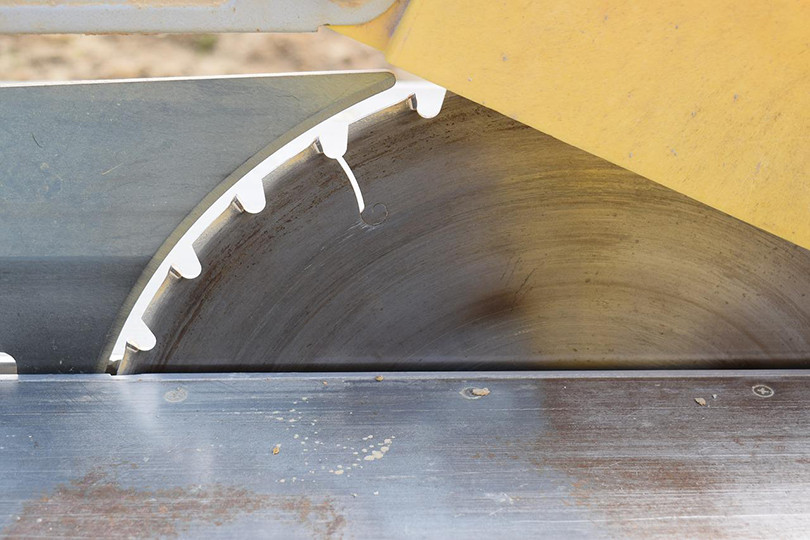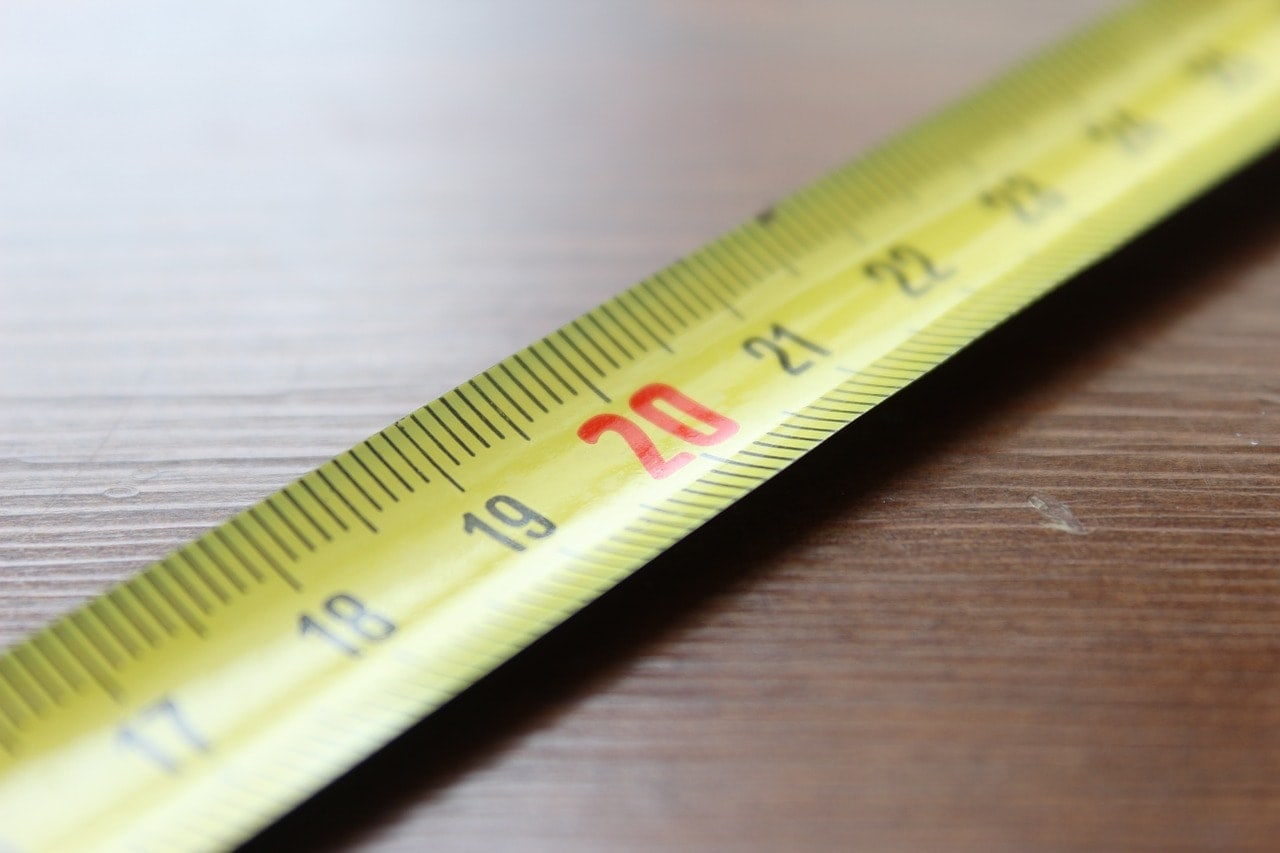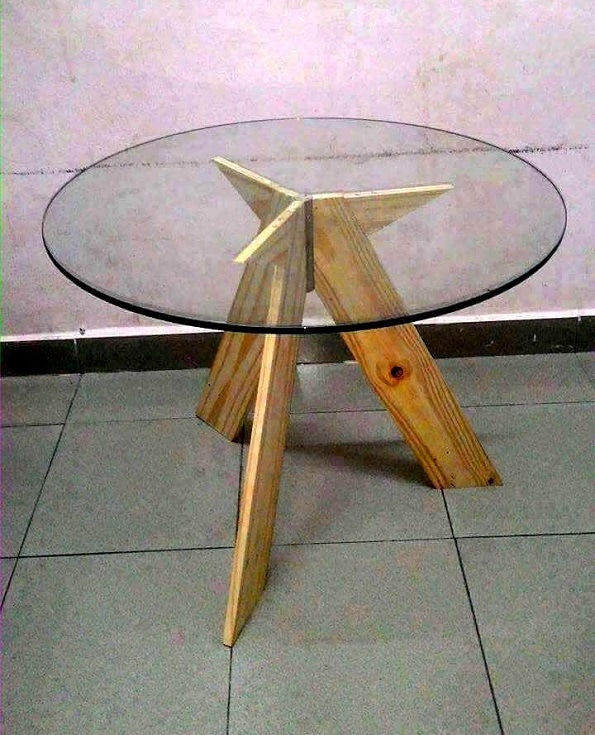How to Cut Plexiglass on a Table Saw: 11 Tips & Tricks
-
Ed Malaker
- Last updated:

Plexiglass is a good choice when you need a suitable alternative to glass. It is less expensive, more durable, and easier to cut into shape. However, it also tends to crack and chip, so using the right method is essential. If you need to cut Plexiglass in your workshop, keep reading as we provide several tips and tricks to help you get the job done right.
What Is Plexiglass?
Plexiglass is a clear hard acrylic plastic material that many people use as a substitute for traditional glass. It’s shatter resistant, durable, and lightweight, making it a great choice for windows, signs, and light covers, among other things. There are three kinds of Plexiglass that you are likely to encounter if you frequently do DIY projects.
Extruded Acrylic Sheets
Extruded acrylic seats are not as durable as the other types because they have a lower melting point, making them a little softer. Since this material isn’t as strong, using hand tools is better if you need to cut it.
Cast Acrylic Sheets
Cast acrylic sheets are the most popular and likely what you think of when you hear the term Plexiglass. It’s a good idea to use a table saw with this type of material because it’s durable and hard.
Polycarbonate Sheetz
Polycarbonate sheets have a hardness between the two previous types. Though they are not quite as hard as cast acrylic sheets, you can use a table saw to cut them.
The 11 Tips on How to Cut Plexiglass on a Table Saw
1. Choose the Right Equipment
- The Table Saw – If you have a large amount of Plexiglass to cut, it’s best to start with the right tools. Choose a saw with a motor that has at least 2 horsepower. Features like a dust port can also help.
- The Saw Blade – A 10-inch saw blade will help you make smoother cuts with fewer splinters than an 8-inch blade. If you are cutting the softer extruded acrylic sheets, choose a blade with 50 to 60 teeth per inch (TPI) because it has a low melting point and the blade’s friction might cause it to melt. When cutting the harder cast acrylic sheets, you can use a blade with 60 to 80 TPI because it can withstand a higher temperature. No matter the Plexiglas material, a blade with carbide-tipped teeth will help you make the cuts without cracking the material.
- Plexiglass – Different kinds of Plexiglass have different melting temperatures, which can affect what type of blade you use to cut them. However, another important factor is the thickness of the material. It’s hard to prevent any Plexiglass from chipping and cracking if it’s less than 1/8 inch thick, so make sure your Plexiglass is at least that thick before you begin.

2. Wear Safety Gear
Once you know what tools you need to use and have gathered your materials, it is important to put on your safety equipment. Wear safety goggles and a dust mask or respirator to protect your lungs. We also recommend a good pair of work gloves, and don’t forget to remove any jewelry, tie up your hair, and change your loose clothing before you turn on the saw.
3. Measure Your Cuts
Before you can cut into your Plexiglass, it’s important to take accurate measurements of your project, so there’s less risk of a mistake. While you’re making your measurements, pulling the thin plastic film off the Plexiglass can be tempting, but it could help protect it from scratches and smudges, so it’s better to leave it on.

4. Line Up the Project
Put your Plexiglass on the table with the protected side down. If your saw has a laser sight, line it up with the cut line on the Plexiglass. Without a laser, you’ll have to carefully line up the project by eye using the included guide rails.
5. Begin Cutting
Turn your table saw on, and slowly feed your Plexiglass through the blade. Your movement should be slow but steady, guiding the glass through but not increasing pressure. The more pressure you apply, the more likely you will experience chips and cracks. If you need to cut several pieces of Plexiglass, you can stack and clamp them to cut them all at once. Switch to a push block to help push the material through the blade when your hand starts getting close. A push block is a spare piece of wood that you can push into the blade without worrying about it getting cut.

6. Sand the Edges
Once you cut your Plexiglass, you will likely notice that the edge is quite sharp. Fortunately, you only need 120- to 180-grit sandpaper to sand the edge until it’s smooth. You can use finer grit sandpaper for a smoother finish, as the Plexiglass responds well, and you can even create a rounded edge.
7. Never use a dull blade to cut Plexiglass.
Dull blades are more likely to create chips or cracks, and since they take longer to cut, they increase the surface temperature, which can melt the material.
8. Stop the blade if you notice the Plexiglass melting, and switch to one with fewer teeth.
9. If the edges of your Plexiglass are chipping as you make your cut, try a blade with more teeth.
10. Always purchase authentic Plexiglass, as budget brands are not as durable.

11. If you have already removed the thin plastic cover, apply masking tape to the cut line to help prevent chips and cracks.
Frequently Asked Questions
Can I Use a Utility Knife to Cut Plexiglass?
Plexiglass is a hard material that can be difficult to cut with a utility knife. However, if the thickness of your material is 1/8 inch or less, the utility knife is likely your best option. Use a ruler or straight-edged object to help you run your utility knife along the cut several times. After you score the material, you can snap it in half to create two pieces with a smooth edge.
Can I Cut Plexiglass With a Circular Saw?
Yes. The circular saw is a smaller handheld version of the table saw, and you can do many of the same actions, including cutting Plexiglass. The downside to the circular saw is that the blades are often smaller than 10 inches, and it’s not as easy to create consistently straight lines.
What Is the Best Way to Cut Plexiglass?
If you cut thick pieces of Plexiglass, it will be tough to beat the table saw. You can change the blades to create a smooth cut, and it’s perfect for making long, straight cuts. However, as the Plexiglass gets thinner, it will be more likely to chip and crack. It’s much easier to cut thin Plexiglass using a scroll saw, which generates much less heat and will enable you to cut through the Plexiglass without melting it.
Conclusion
The table saw is one of the most useful tools in any workshop, and you can use it to cut a wide range of materials, including Plexiglass. It will enable you to make straight cuts, and you can change the blade to reduce melting or prevent chipping. When purchasing Plexiglass for your next project, choose a sheet at least 1/8 inch thick, and look for the cast acrylic type with a higher melting point, as it works better with the table saw. Wear your safety equipment and work slowly for the best results.
Featured Image Credit: sipa, Pixabay
Contents
